A Closer Look at the Core i9 9900k
The Core i9 9900k looks like any other consumer grade desktop processor released in recent years. It slots into the same LGA 1151 socket introduced with the 6th generation and the Z170 chipset. The 9th generation is based of Intel’s 14 NM++ process and is a refresh of the 8th generations coffee lake architecture. The 9900k is the second time coffee lake made waves in the enthusiast community. The first being the release if Intel’s first consumer grade hex core processor with the i7 8700k last August. Now, with the release of the 9900k, Intel not only brings us their first consumer grade i9 processor, buts its also their first consumer grade octa core processor. Like the 8700k, the 9900k has a 95 watt TDP and a bus speed of 8 GT/s, or Gigatransfers per second and has a T Junction of 100°c. However, where the 8700k has 12 MB of Intel smart cache, the 9900k has 16 MB of Intel smart cache. The base frequency of the i9 9900k is 3.6 GHz. This is slightly slower than the 3.7 GHz base clock of both the i7 8700k and the R7 2700x. Both of those processors have the same base clock of 3.7 GHz. The i9 9900k does have a slight advantage over its predecessor when it comes to boost clocks, as well as its competitor. The R7 2700x advertises a boost clock speed of 4.3 GHz. The 8700k has a boost clock of 4.7 GHz where the i9 9900k advertises a boost clock speed of 5 GHz.
The 9900k is advertised as the first processor to hit 5 GHz right out of the box. If you go by the Intel Ark page for the 9900k, it states that the 9900k can boost to 5 GHz on only one core. However, at the launch event, they stated it would boost to 5 GHz on two cores. As my testing showed, the 9900k will boost to 5 GHz on two cores, as long as it doesn’t reach its thermal limit. That being said, in almost all scenarios, the i9 9900k boosted to 4.7 GHz on all 8 cores with no issues.
The i9 9900k is capable of supporting up to 64 GB of DDR4-2666 in dual channel mode. It’s a common misconception by many people that this means that 2666 is the max memory speed this chip handle. That is just incorrect. This just means the processor has been tested and guaranteed to work with memory up to at least that speed. The 9900k has a max memory bandwidth if 41.6 GB/s. Even though we’re finally getting higher core count chips, the i9 9900k is on the consumer platform. Sadly, this means no ECC support for the memory. This is where I have to give a check for the 2700x as all Ryzen processors do support ECC memory. Regardless, your average consumer and or gamer could care less about ECC support.
Seeing the i9 9900k is on the consumer platform, its also the first octa-core processor Intel has released with on board graphics. Like the 8th generation, the 9th generation is equipped with Intel’s UHD Graphics 630. The integrated graphics are nothing special. They’re most certainly not made with gaming in mind. That being said, the overwhelming majority, if not everyone who reads this review with be using a discreet graphics card. However, unlike the enthusiast platform, if your GPU runs into issues, you can still at least check email, watch Netflix in 4k and play games such as Shovel Knight. However, since no one is buying a 9900k to play games on the integrated graphics, we decided not to test games with the IGPU on the 9900k. If you’re interested on how the UHD 630 graphics run modern games, check out our i7 8700k review here. https://www.modders-inc.com/Intel’s-core-i7-8700k-review/
The integrated graphics have a base frequency oh 350 MHz and a max dynamic frequency of up to 1.20G Hz. The UHD 630 graphics does have support for 4k resolution at 60 Hz and can support up to 3 displays.The IGPU on the 9900k supports HDMI 1.4 at a max resolution of 4096 x 2304 @ 24 Hz and DisplayPort also at a max resolution of 4096 x 2304 @ 24 Hz. If your system has an integrated flat panel, it can handle a max resolution of 4096 x 2304 @ 60 Hz. This being if a 9th gen processor was in an all in one system or a laptop in the future. The UHD 630 graphics has support for DirectX 12 and OpenGL 4.5.
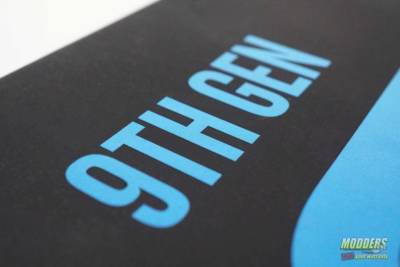
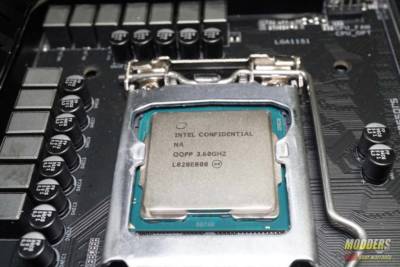
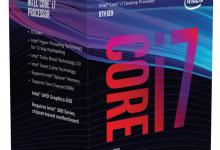
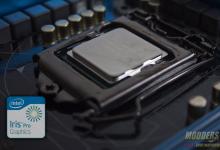
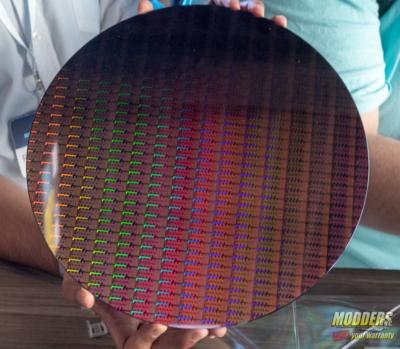
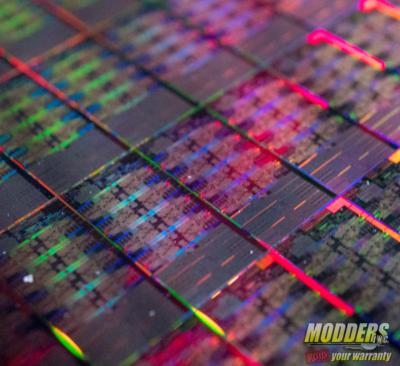
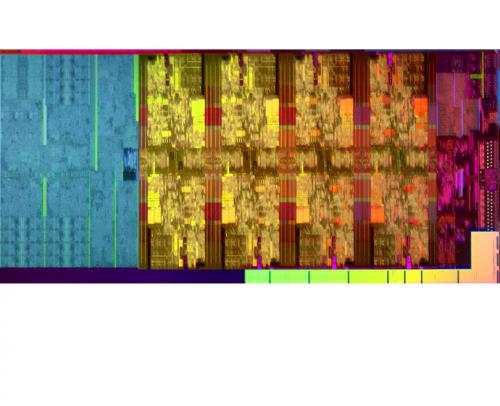
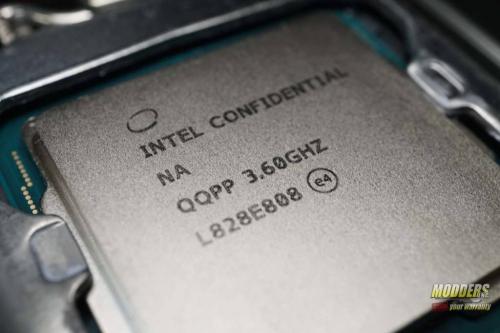
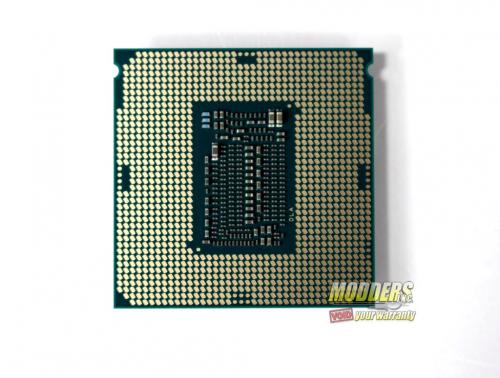
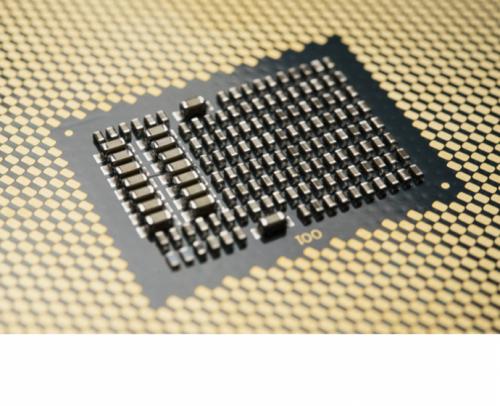


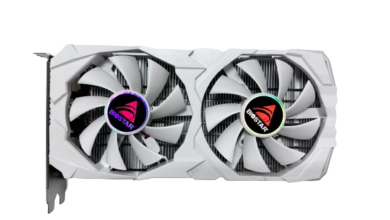
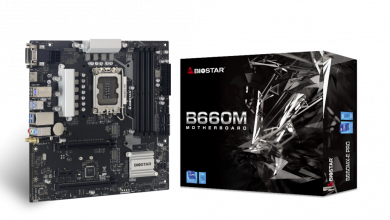
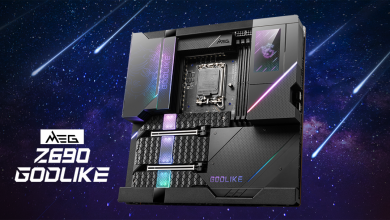
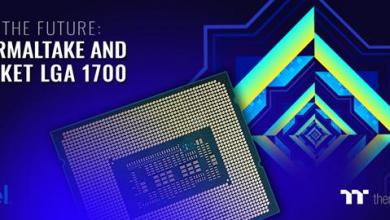
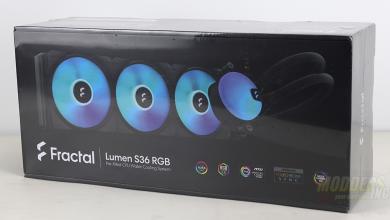

x264 FHD Benchmark 1.0.1 and x264 HD Benchmark 5.0.1 both are now ancient though.